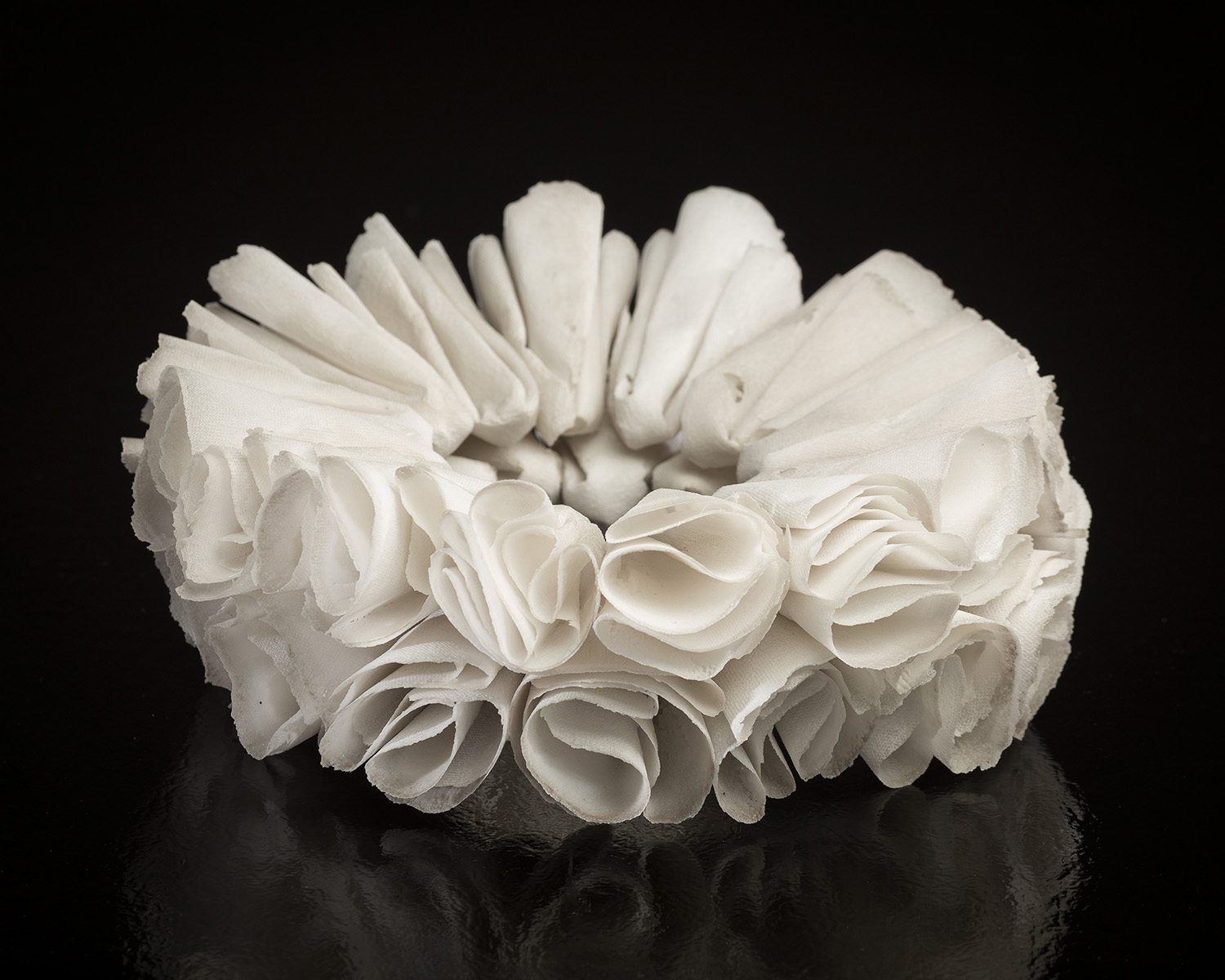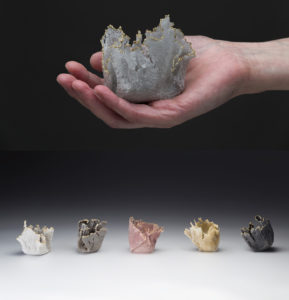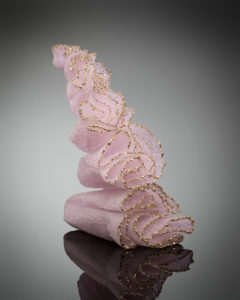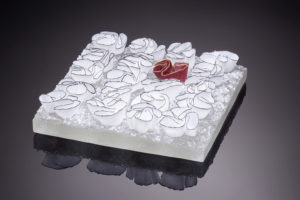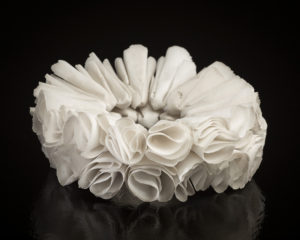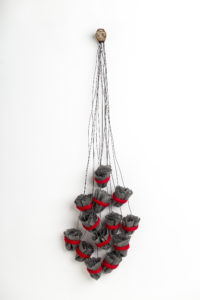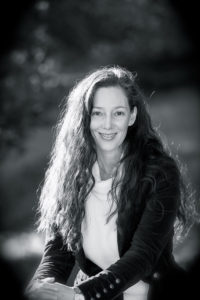Tell us about yourself.
Born and raised in Tel Aviv, Israel, Tali earned a B.A. and M.A. in Business and Psychology from Tel Aviv University. In 2004, she moved to the USA, and currently resides in Walnut Creek, California.
Tali has studied glass, taking workshops at Pilchuck Glass School, WA, Corning Museum of glass, NY, Northlands Creative Glass, Scotland UK, Pittsburgh Glass Center, PA and Bullseye Resource Centers in Oregon, New Mexico and California.
She attended two professional residencies at Pilchuck glass school in 2014 and 2017. In 2016 she was invited to a residency at North Lands Creative Glass, Scotland, UK. In 2015 and 2019 respectively she was a teaching assistant for artists Saman Kalantari and Alicia Lomne at the Studio in Corning, NY.
Her work was selected as a finalist at The International Exhibition of Glass Kanazawa Japan in 2016. She is the first prize winner of The Glass Prize 2017 international competition, UK. Her work was selected for the New Glass Review 39, publishes by Corning Museum of Glass. In 2019 her second solo exhibition “Longing for the (Home)land” opened at Bullseye Gallery in the Bay Area, California. In February 2020 she has curated an exhibition called “Paticles” at Abrams Claghorn Gallery in Albany, CA.
Her work is included in numerous private collections and has been exhibited in national and international galleries and museums such as The Imagine Museum in Florida, Boise art museum in Idaho, Grand Rapids Art Museum and Eretz Israel museum in Tel Aviv, Israel.
What draws you to the material you work with?
Working with a material that is fragile by nature and tends to break easily is a challenge to begin with. I use its fragility as a tool to express my ideas and to tell a story. I think perhaps my exploration of how far I can push the material and how much more fragile I can make it without it breaking, folding and manipulating it in an unusual way for glass, has brought a different aesthetic to the work. Usually, people expect glass to be colorful, shiny and transparent, my work has none of these characteristics. My work does not look like it is made out of glass, it challenges the viewer to think about what they are looking at.
What themes do you pursue in your work, and why have you chosen the processes that you use in your work?
Coming from a background in psychology, I am interested in the human condition. My work tends to be autobiographical in nature and explores my own life experiences combined with a strong influence from nature and the landscape that surrounds me. I am deeply inspired by the ever-changing life of the land, particularly the landscape of my homeland, Israel, and of my present home, Northern California. Being an immigrant, I search for connection through the land and explore my internal memories and my external surrounding and weave the two into my work. Themes such as hope, loss, memory and the fleetingness of time are recurring themes in my work. I strive to create intimate spaces where the viewer can reflect on our emotional existence and the journey we go through in life.
If you weren’t working in this field, what career would you choose?
I think I will always be involved with the arts in some way, shape, or form. Before I arrived in Edinburgh for my glass studies, I was Director of Operations and Student Life for the Boston University Tanglewood Institute—the inspiration and passion of the students, the faculty, my coworkers, and the Tanglewood Festival artists, pushed me back into the studio for my own artwork.
Why are you a member of GAS?
I think community is very important. GAS is a form of community that brings glass lovers from around the world together and I like being a part of this glass community.

